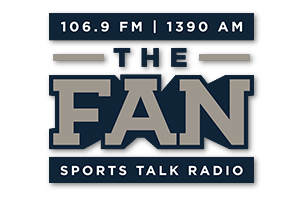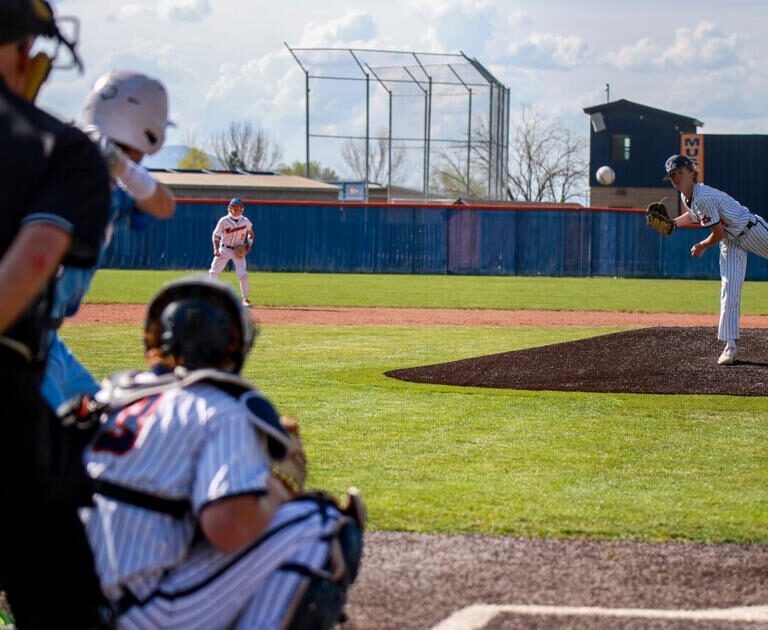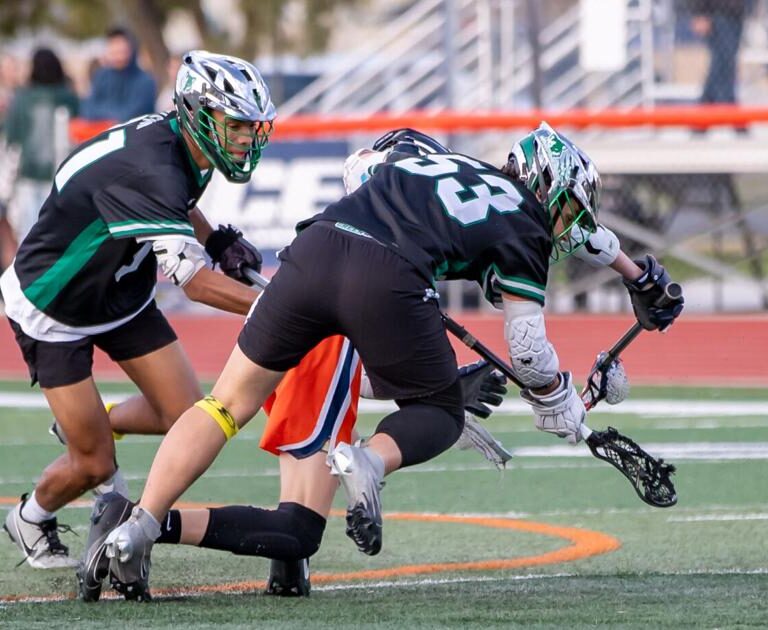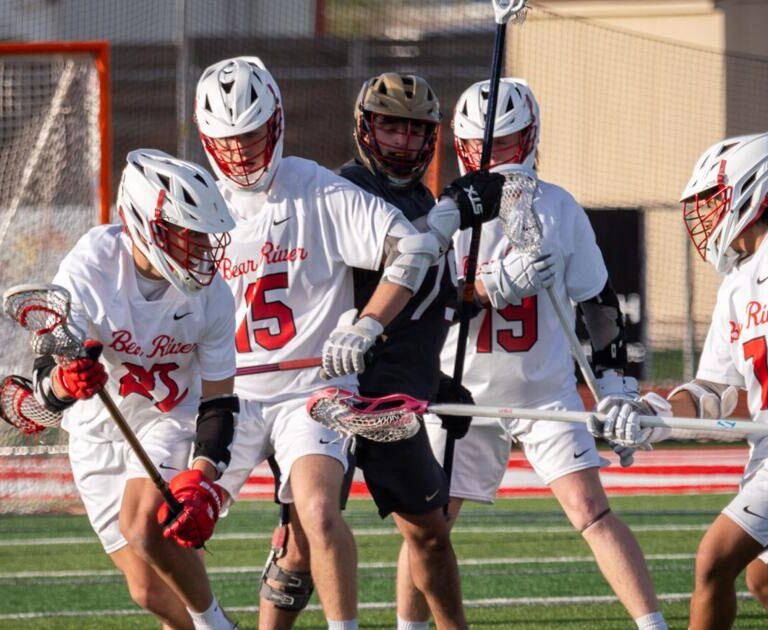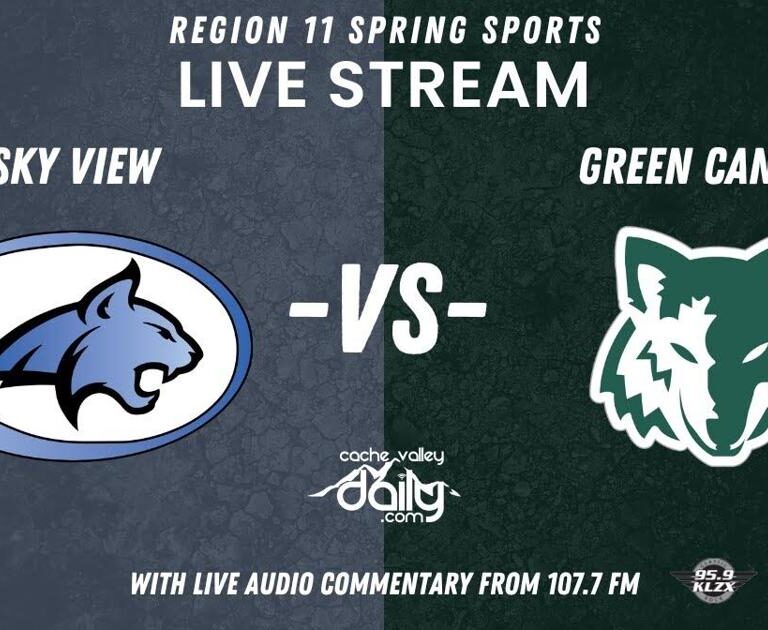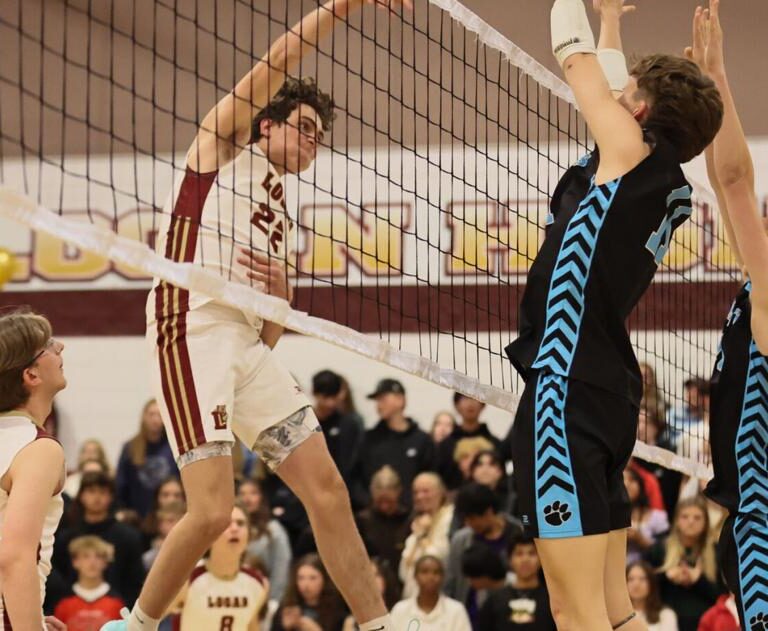Photo by Lorene Hale
LOGAN – The spring transfer portal window has finally closed, stopping the hemorrhaging of Utah State’s roster, particularly on defense. The final tally sits at 35 players (that are known of) and that high tally has been the primary talking point of USU’s offseason, leading to questions being asked of head coach Blake Anderson and overshadowing some of the positives the team has produced so far this offseason.
Though the volume of transfers is alarming on its face, context is always key. When asked about his team’s transfers, Anderson stated multiple times in his answer that, “this is not a Logan problem, this is an NCAA football problem.” So let’s look at the numbers and see how well that claim holds up.
Just looking at the volume of transfers and you can easily see Anderson’s point. Transfer numbers have risen dramatically since the inception of the transfer portal in 2018. In that first cycle there were 1,717 transfer according to data provided by the NCAA. In this last cycle the estimated number (which we’ll get into below) is roughly double that.

Finding the true number of transfers in the 2022-23 cycle requires a bit of digging since the NCAA hasn’t released that data and reporting from the larger media outlets that might have access via sources haven’t revealed a true total. But in combining some reporting it’s possible to reach an estimate.
The Athletic reported on April 15 (right as the spring transfer window opened) that the number of FBS transfers was “more than 2,300” (no specific number given) to that point, i.e. in the fall cycle. The day after the spring transfer deadline ESPN estimated that 923 FBS players entered the portal in the spring window alone. Add it all up and you get approximately 3,223 transfers from FBS schools in the 2022-23 cycle.
Divide that by 131 schools and it averages out to 24.6 transfers per school. Utah State’s 35 sits quite a bit above that number but pretty much everyone following the Aggies or the Mountain West could have guessed the team was well over the average. The real question is just how much of an outlier USU is. Are they very unique or are they simply above average this go around? Well that depends on the accuracy of reported data and how much you trust certain assumptions.
In lieu of having team-by-team transfer totals (which would hand us the answer we want immediately but is unavailable to those outside NCAA circles) the best solution is to find the biggest sample size of team-by-team data one can get their hands on. For instance, using reporting from Mountain West writers we have a decent idea of the totals for each of the conference’s schools.
| School | Transfers Out |
|---|---|
| Air Force | 20 |
| Boise State | 21 |
| Colorado State | 36 |
| Fresno State | 28 |
| Hawaii | 13 |
| Nevada | 17 |
| New Mexico | 30 |
| San Diego State | 16 |
| San Jose State | 11 |
| UNLV | 23 |
| Utah State | 35 |
| Wyoming | 18 |
| MOUNTAIN WEST AVERAGE | 22.3 |
This tells us that while Utah State is certainly above the average, it has friends up in its range. Colorado State actually has more transfers while New Mexico and even Fresno State are somewhat in range of USU’s total.
A larger sample size can be obtained by looking at recruiting sites like On3. They provide transfer data in bulk for all schools which should give the info we need…except that the numbers they claim are a bit dubious. Double-checking their transfer totals for BYU, Utah and Utah State against reporting by Utah-based media has them shortchanging the totals of all three. On3 shorts BYU three transfers, Utah by seven and Utah State by 11. On3 also lists just 56 transfers for Colorado when ESPN reported 71 for the Buffaloes.
Though inaccurate to a certain degree, On3 can help provide an estimate so long as the eventual numbers derived from On3’s data is recognized as estimations that have a margin of error. The thing is, though the point of using a site like On3 isn’t necessarily to get an on-the-dot number of transfers. We already have a fairly accurate estimate of that. The end goal with this part is to try and estimate the standard deviation of the estimated average we already came up with.
Combining the reporting of Mountain West transfers and the data from On3, the standard deviation for the Mountain West and Power 5 schools (82 of 131 FBS teams) comes out to around 7.7. Since those two groups account for 82 of 131 FBS schools and the data is mostly accurate, pasting that number onto the 24.6 average from earlier is only sort of irresponsible.
For those that haven’t been to math class in a while and kind of glazed over the last paragraph, what all that data collection and estimating means is that in this case roughly 70 percent of FBS schools have had between 16 and 32 transfers. If you’re a math teacher, please forget you ever read those last few paragraphs.
With that estimate it’s a pretty safe assumption that Utah State is certainly not within the range the vast majority of schools are in. The standard deviation of 7.7 has Utah State in the top 8.23 percent of teams with the most transfers. And even the most generous estimates of the standard deviation still place USU around the top 10 percent.
So what is to be made of this? All this exercise did was show that Utah State is definitely a fairly unique case when it comes to number of transfers, right?
Well, no. It winds up proving that Anderson is right. The Aggies are certainly on the edges of transfer totals. They have company — roughly 12 schools if we take the percentages used above literally — but the vast majority of schools aren’t suffering a similar fate. But if that standard deviation is even close to correct, about 31 schools, bordering on a quarter of FBS teams, had at least 30 players transfer away from the team.
In other words, there’s roughly a one in four chance any given team will have one third of its team leave by transfers alone. A quarter of FBS teams, if they have 15 graduations from there roster, will lose half their team in the offseason.
That’s what Anderson meant when he said this is an NCAA problem, and not just a Logan problem. Utah State may not be within this new “normal” range, but the new normal is a problem and the Aggies are for the time likely just a victim of being an outlier.
